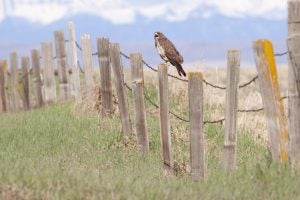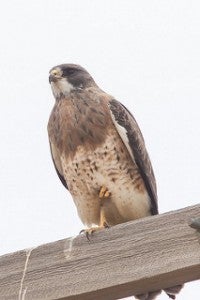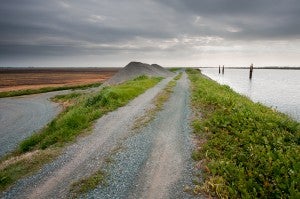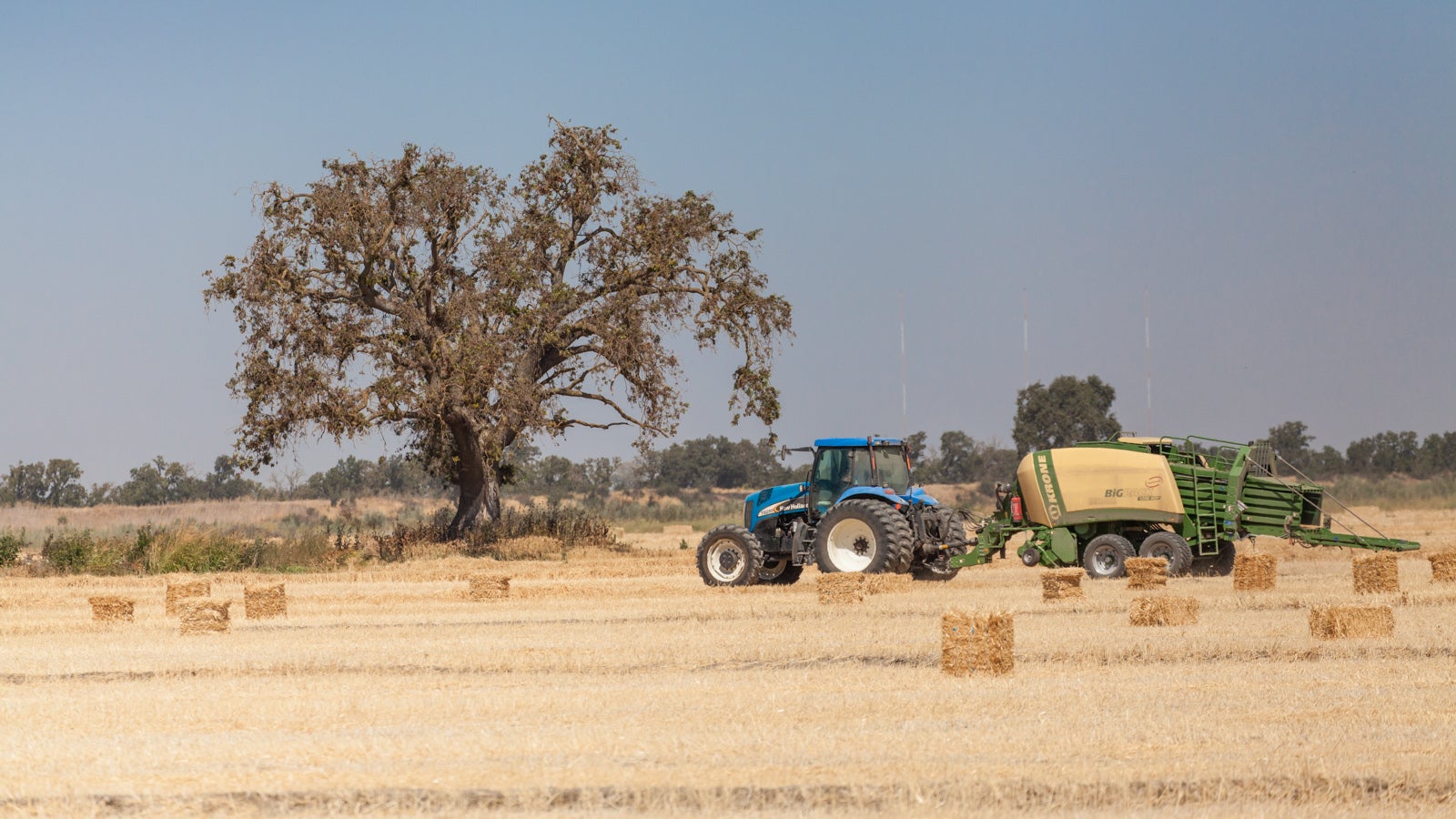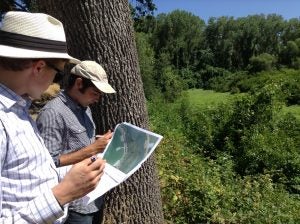
Assessing habitat for songbirds at a ranch in the Central Valley.
The drive through the Central Valley’s mosaic of agricultural land, water infrastructure, riparian zones and floodplains has become a familiar one for me and my colleagues. We meet frequently with landowners who are creating, restoring and protecting habitat for wildlife on these working lands.
At each farm and ranch we visit, I am inspired by the landowners who are stepping up to do what they can for the at-risk species that are a part of the Central Valley’s ecology and history.
Whether they are managing flooded fields for Chinook salmon and giant garter snakes, planting trees for Swainson’s hawks and riparian songbirds to nest, or allowing native milkweed and wildflowers to grow for monarch butterflies to breed and feed, these landowners are showcasing conservation innovations that honor and sustain the region’s natural heritage. Read More











